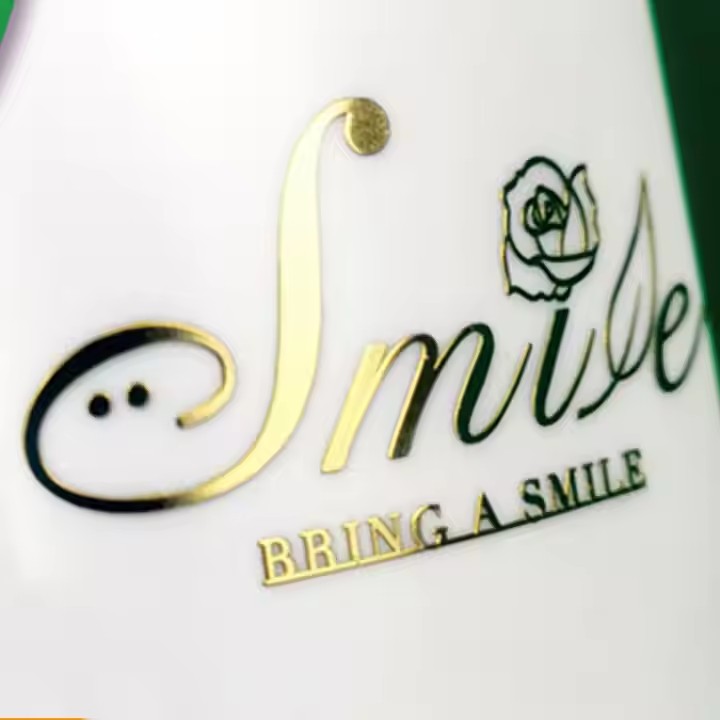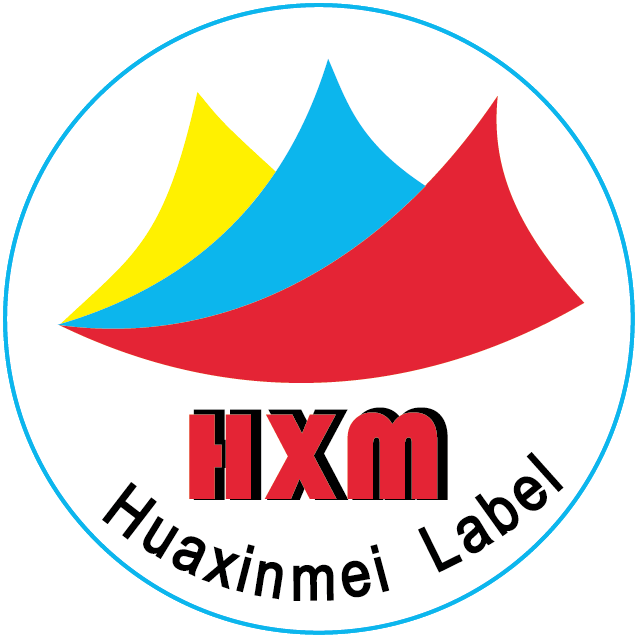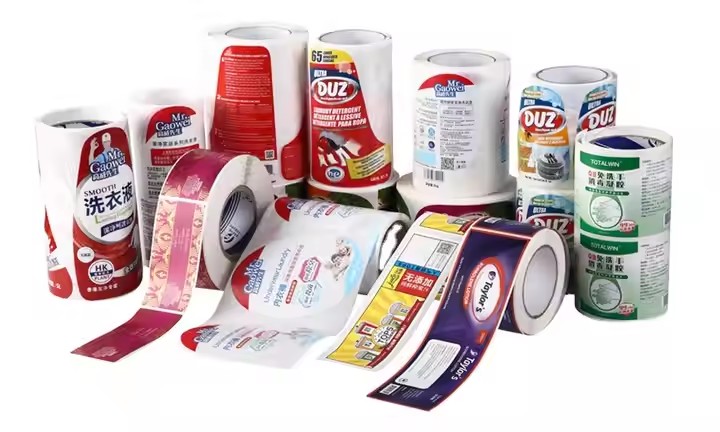Detailed Explanation of Common Kraft Paper Materials and Their Characteristics
In daily life and production, kraft paper labels are widely used in food packaging, logistics and express delivery, daily chemical products, and other fields due to their abrasion resistance, water resistance, and moderate cost. Choosing the right paper material not only affects the label’s appearance but also influences its durability, applicability, and environmental friendliness. Kraft paper is versatile and widely used, providing convenience to many industries.
- Regular Kraft Paper: The Classic and Practical Choice
Regular kraft paper is the most common type of kraft paper and serves as the basic material for labels. It is mainly made from wood pulp and produced through pulping and papermaking processes. The paper usually has a yellow-brown color, a slightly rough surface, and visible fiber texture, giving a rustic and natural feel.
Characteristics:
Low Cost: Due to its simple production process and readily available raw materials, regular kraft paper is cost-effective and suitable for large-scale label production, favored especially by small to medium enterprises or users with limited budgets.

Good Printability: Although the surface is not very smooth, it absorbs ink well. Whether using traditional offset printing, letterpress, or modern digital printing technologies, it can present clear text and graphics. However, printing dark or vibrant colors may require multiple passes to achieve the desired effect.
Strong Foldability: The fibers are long and tough, making the paper resistant to cracking even after repeated folding or bending. This makes it ideal for labels that require frequent handling, such as address labels on parcels or classification labels on books.
Environmentally Friendly: Kraft paper is recyclable and biodegradable. Regular kraft paper is especially suitable for environmentally conscious applications, such as organic food packaging and eco-friendly product labels.
Typical Uses:
Logistics and express delivery: recipient information labels on packages that must withstand friction and folding during transportation.
Food packaging: simple labels for bread, biscuits, etc., emphasizing a natural and healthy product image.
Handcrafts: DIY journal stickers, gift wrapping labels, creating a vintage or artistic style.
- Coated Kraft Paper: Enhanced Texture and Performance
Coated kraft paper is regular kraft paper with a coating layer applied to its surface, making it smoother and more even. This improvement significantly enhances the paper’s appearance and performance, expanding its application in labeling.
Characteristics:
High Gloss and Fine Texture: The coated surface can achieve a glossiness similar to coated art paper, suitable for high-precision image printing, gradients, or complex patterns, making labels look more refined and attractive. For example, coated kraft paper labels are often used on premium cosmetics or electronic products to elevate the product’s perceived value.
Improved Water Resistance: Some coated kraft papers add waterproof agents or lamination to the coating, providing certain water resistance. While not suitable for prolonged soaking, it handles everyday moisture well.
Wide Printing Compatibility: The smooth surface works with various printing methods, especially those requiring high precision such as screen printing and flexography. It also supports special effects like hot stamping, embossing, and foil stamping, enhancing the label’s visual impact.
Slightly Higher Cost: The coating process increases the price compared to regular kraft paper, but the cost-performance ratio remains better than some specialty papers.
Typical Uses:
High-end product packaging: labels for premium coffee, handmade chocolates that require exquisite printing to showcase product value.

Daily chemical products: shampoo, shower gel labels needing some water resistance to prevent blurring when wet.
Brand promotional labels: scenarios requiring display of brand logos and product images with complex designs, utilizing coated kraft paper’s high print precision to convey brand image.
- Waterproof Kraft Paper: Professional Material for Moist Environments
Waterproof kraft paper is specially designed for humid environments, featuring greatly enhanced water resistance through special processing. Labels made from this paper maintain clarity and adhesion even when exposed to moisture for some time.
Characteristics:
Strong Water Resistance: Unlike regular kraft paper that softens and deforms when wet, waterproof kraft paper can withstand short-term rain exposure, humid air, or light splashes. For example, labels for refrigerated foods stay stable in cold, moist conditions.
Oil and Stain Resistance: Some waterproof kraft papers are also resistant to oils and stains, suitable for packaging oily foods like nuts or fried products to prevent damage from grease penetration.
Excellent Toughness: While enhancing water resistance, waterproof kraft paper maintains the inherent toughness of kraft paper and resists tearing, suitable for labels subject to frequent handling or external contact.
Compatible Printing Methods: Although coated for water resistance, most waterproof kraft papers still support offset and digital printing. However, it is important to use compatible inks to ensure good adhesion.


